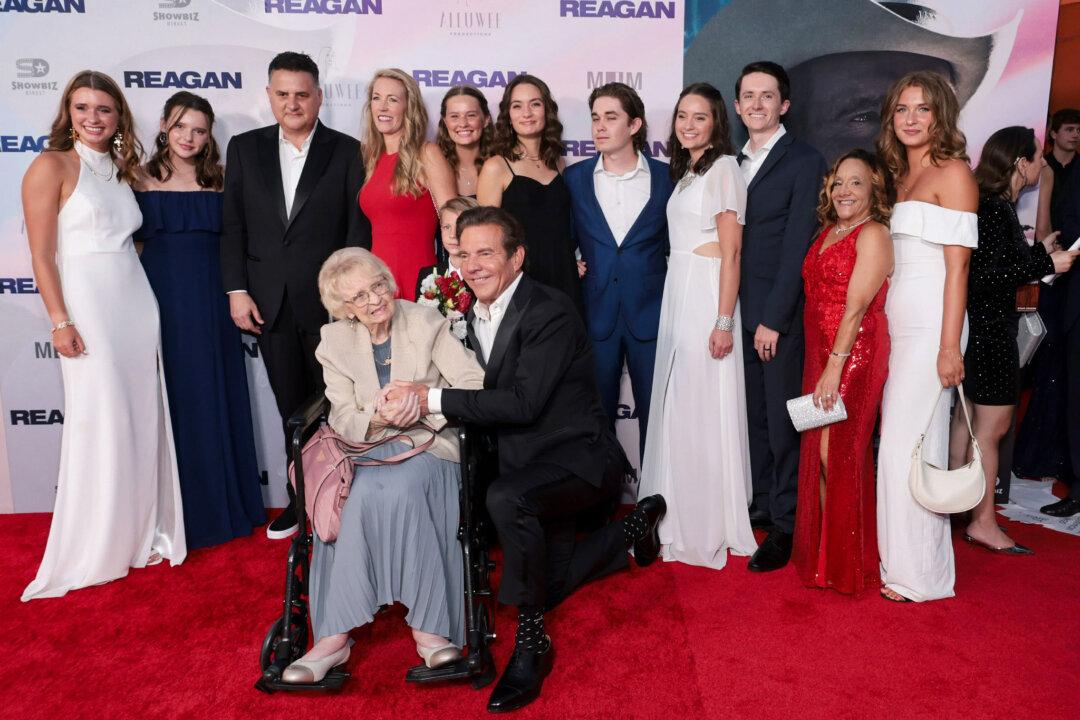The legal saga surrounding Disney’s 2017 live action adaptation of “Beauty and the Beast” continues as U.S. District Judge Jon Tigar in Oakland, California, decreed that The Walt Disney Co. must relinquish $345,098 of its profits from the film to Rearden LLC, the developer of the visual effects technology utilized without proper authorization.
This decision mirrors the jury’s previous recommendation in December, with Judge Tigar independently determining the disgorgement amount.
During the trial, the judge had ruled against allowing a jury verdict on this matter but later undertook his own assessment.
While Rearden LLC had initially pursued a substantially larger sum, up to $38 million from Disney’s profits, Judge Tigar sided with the studio, acknowledging that the infringed technology played a lesser role in the film’s success. According to Judge Tigar, Disney successfully demonstrated that numerous factors contributed to the film’s popularity beyond the contested technology, such as nostalgia for the original animated version, actress Emma Watson’s performance, the storyline, the Disney brand, the music, the cast, and the extensive collaborative efforts involved in production.
Rearden LLC asserts that Disney deliberately entered into a contract with a Chinese company accused of pilfering its patented “facial performance motion capture” technology.
Through its subsidiary MO2 LLC, Rearden regained control of the MOVA patents in February 2013. As documented in the legal complaint, the assets were subsequently transferred to Rearden Mova by April of that year.
A complication arose when evidence emerged suggesting unauthorized negotiations. Greg LaSalle, an employee of MO2, allegedly initiated discussions with Digital Domain 3.0 (DD3) regarding the MOVA assets as early as October 2012. DD3 is a company with ownership structures in China and India.
Chinese Company
In February 2015, a new element was introduced. Shenzhenshi Haitiecheng, a corporation based in China, filed a lawsuit in a California federal court. Its claim centered on an alleged acquisition of the MOVA assets in May 2013, with a subsequent grant of an exclusive license to DD3 for the patents.
Rearden disputed these assertions. The company’s primary argument focused on the timing discrepancy. The patents had already been transferred to Rearden Mova by April 19, 2013, rendering Shenzhenshi’s claimed May 8 acquisition legally impossible.
Furthermore, Rearden raised concerns regarding Mr. LaSalle’s actions. It contended that he lacked the authority to sell MO2’s assets, particularly if motivated by personal gain. Additionally, the complaint alleged that upon leaving Rearden for employment with DD3 in May 2013, Mr. LaSalle may have removed company equipment and proprietary software from a secure location.
MOVA Contour revolutionizes facial animation with a unique approach. Actors wear a special fluorescent makeup that, when combined with synchronized cameras and software, allows for the precise translation of their expressions and movements into digital animation.This high-resolution facial capture system, often simply called MOVA, has become a sought-after tool in the film industry. It meticulously captures intricate 3D models of actors’ faces using specialized makeup and advanced camera setups. This technology has been behind the scenes of blockbuster films such as “The Curious Case of Benjamin Button” and “The Incredible Hulk.”
Despite generating over $1 billion in revenue and $215 million in profits by September of the following year, “Beauty and the Beast” faced legal scrutiny due to vicarious copyright infringement. The jury held Disney accountable as one of the entities involved in utilizing Rearden LLC’s contour facial capture technology, developed by Apple scientist Steve Perlman under Rearden LLC, for animating the character “Beast.”







